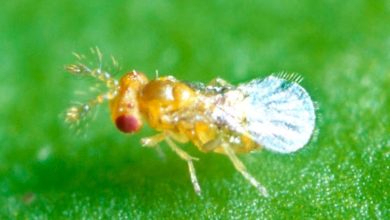Brown Rot: Identify, Combat and Prevent
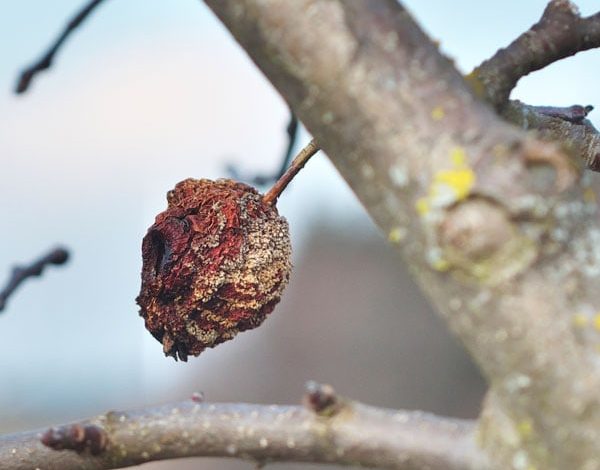
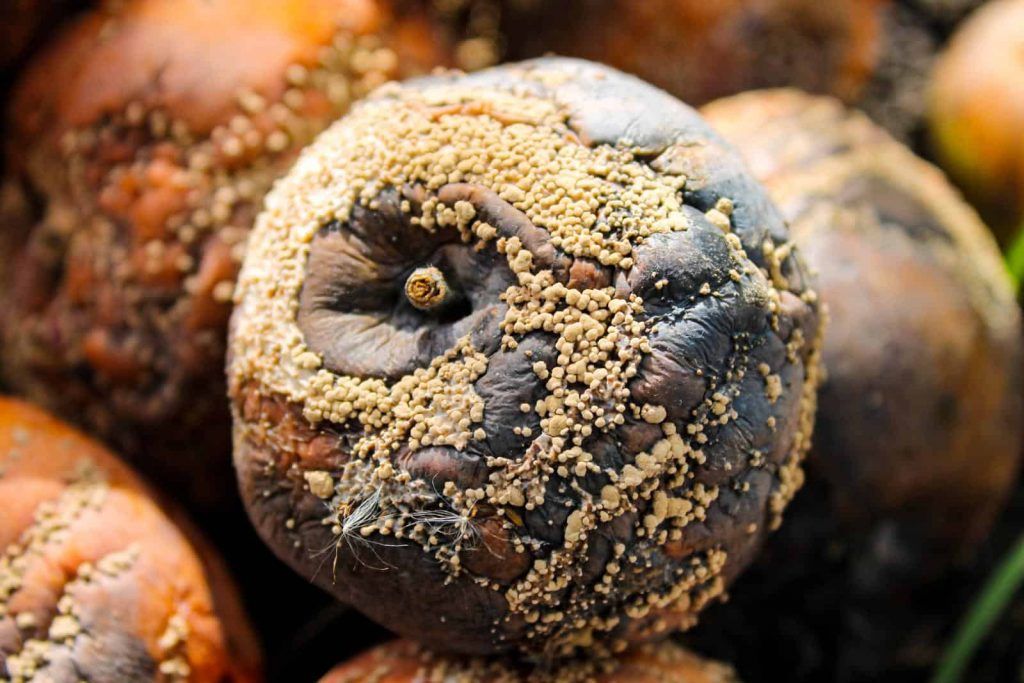
Brown rot (Monilinia spp.) are a group of fungal diseases that affect stone fruits and some cultivated pome fruits throughout the world.
It is a problem during the development of apparently healthy fruits, as well as a major cause of post- harvest fruit deterioration in peaches, cherries, plums, and apricots.
Brown rot fungi can be found on young shoots, infected twigs, open or unopened flowers, and rotting fruit.
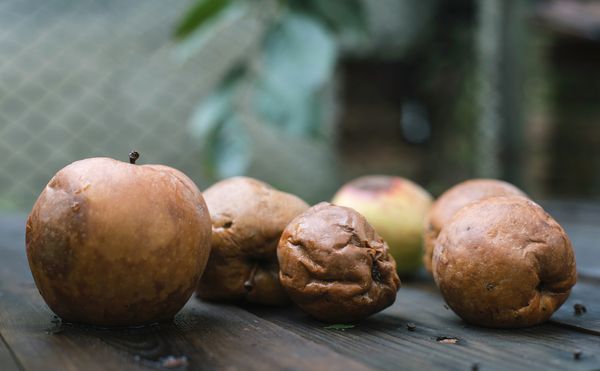
Brown rot diseases were first documented in 1796 and underwent several taxonomic changes over the centuries, until being classified under the new genus Monilinia in 1928. Monilinia contains some 25 species of fungi, with three species causing infections of fruit due to brown rot: Monilinia laxa, Monilinia fructigena and Monilinia fructicola.
As with most fungal diseases, this one is more prevalent in hot and humid conditions, and is the main reason farmers use fungicides on stone fruit.
Although these three fungal species have different geographic distributions and host fruit species, they are closely related with similar life cycles and treatment options. The control methods in this post apply to all these Monilinia species.
Brown rot is not a lethal disease for most plants, but it has caused significant economic losses worldwide from fruit infections. Fortunately, it has been studied by agricultural researchers for hundreds of years, who have developed best practices to manage the negative impact of disease.
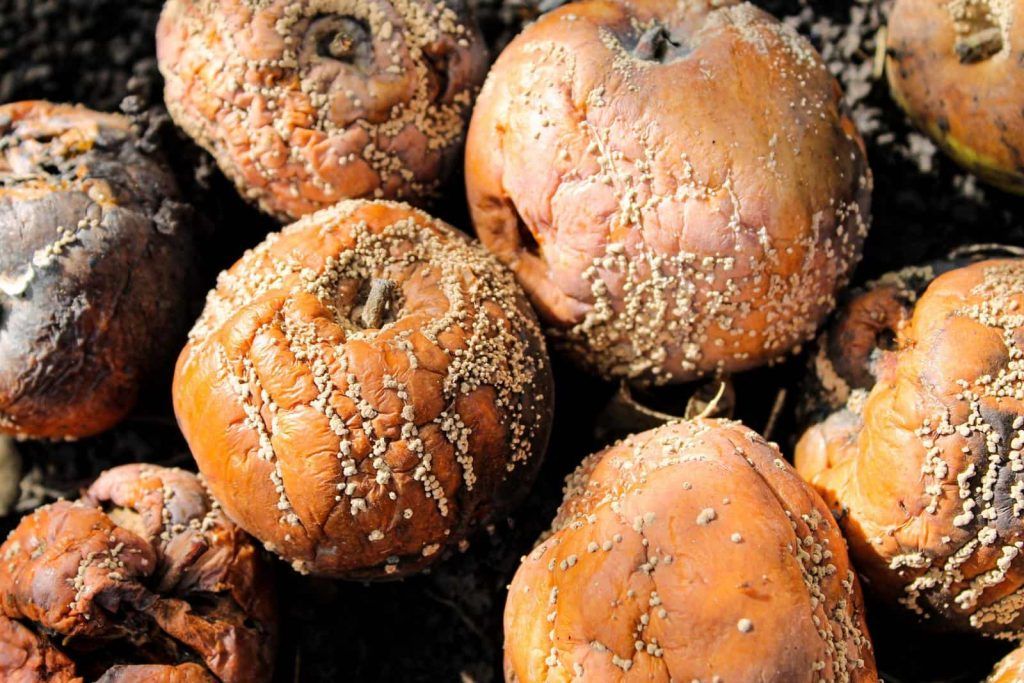
What is brown rot?
Brown rot is a group of fungal diseases that affect stone fruits and some cultivated pome fruits throughout the world. It is a problem during the development of healthy fruits, as well as a major cause of post-harvest fruit deterioration in peaches, cherries, plums, and apricots.
Brown rot fungi can be found on young shoots, infected twigs, open or unopened flowers, and rotting fruit.
As with most fungal diseases, this one is more prevalent in hot and humid conditions, and is the main reason farmers use fungicides on stone fruit.
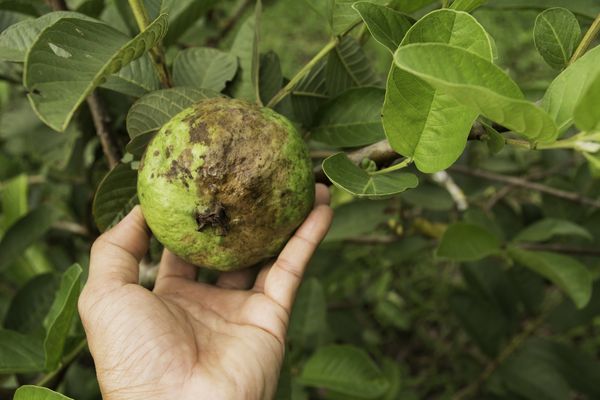
Although these three fungal species have different geographic distributions and host fruit species, they are closely related with similar life cycles and treatment options. The control methods in this post apply to all these Monilinia species.
Symptoms of brown rot
Symptoms of brown rot fungi are very similar on all affected plants. Flowers are susceptible to blossom blight in early spring. Diseased flowers may wilt, turn brown, or appear covered in conidia spores.
Some flower infections can cause flowers to drop, while others suffering from flower blight can remain attached to the stem.
Infected flowers often spread the disease to the stem. As disease progresses, cankers may develop on the bark that produce asexual spores and cause a secondary wave of infections later in the growing season.
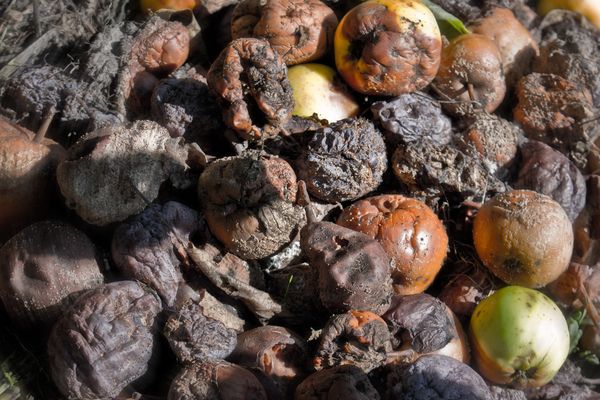
These cankers can disrupt the flow of water and nutrients and can lead to branch dieback or branch blight.
Young fruits are more resistant to brown rot fungi than mature fruits, which can become infected through any wound or opening caused by weather, handling, or insects.
Fruit infections first appear as soft brown spots that can rapidly expand to cover the entire fruit in concentric, tan rings. The fruits may appear to be covered in gray fuzz, which is a visible sign of fungal spores.
Sometimes the fruits may not show any symptoms until after harvest. Infected fruits eventually dry out and shrivel up to a mummified appearance.
What plants does brown rot affect?
Stone fruit brown rot is a common disease in fruits such as peaches, apricots, cherries and plums. Of these three species, Monilinia fructicola is considered the most detrimental to stone fruit production.
Brown rot caused by Monilinia fructigena is more common on pome fruits, such as apples and pears, than stone fruits.

Brown rot control
Brown rot is not a lethal disease and can be controlled by pruning and removing cankers from fruit trees during their winter dormant period.
- Try to disinfect equipment between cuts so you don’t spread disease by immersing tools in a solution containing 10% bleach or 70% alcohol for at least 30 seconds.
- Insects are attracted to ripening fruit and transmit the disease by creating wounds. You can limit fruit infection by controlling insects in your orchard through a combination of integrated pest management techniques.
- The fruits may show brown rot after harvest. During the harvest period, it is important to handle susceptible mature fruit with care, as these fruits are in close contact with each other in storage containers, which can cause the disease to spread rapidly.
- Refrigerate fruit immediately after harvest, as cold storage will break the disease cycle.
- If you use fungicides, read the instructions carefully and apply the chemicals according to the instructions on the package. Fungicides are typically used at two different times, early in the season to mitigate blossom blight, and again later in the season to control fruit infections. Copper fungicide is the most widely used against most Monilinia spp.
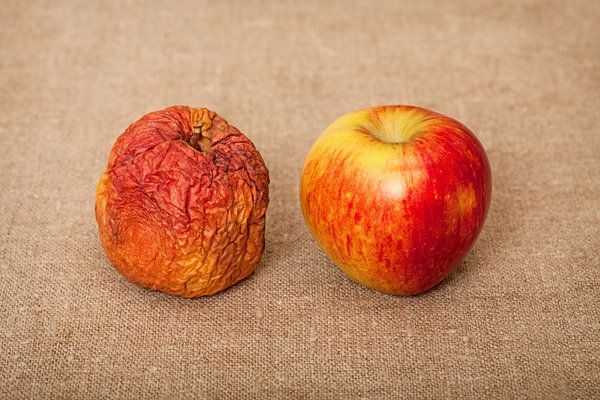
Prevention of brown rot
Sanitation is key to preventing the spread of brown rot.
- Try to care for your fruit trees by removing any fallen or infected fruit. Neglected stone fruit trees with mummified fruit can harbor brown rot fungus over winter. Do not compost infected plant material.
- Remove wild plums and other potential hosts around your orchard to decrease dormant fungal deposition near your plants.
- Be sure to prune fruit trees to improve air circulation in wet weather and humid conditions.
- Thinned fruit also have a better chance of surviving, as there is less chance of remaining fruit touching a branch or rubbing against others.
- Some peach cultivars are more resistant to brown rot than other stone fruit varieties. If you know that fruit rot is a chronic problem on your property and the fruit is likely to be infected, consider planting resistant varieties such as Elberta, Glohaven, and Babygold #5 as another preventative method.


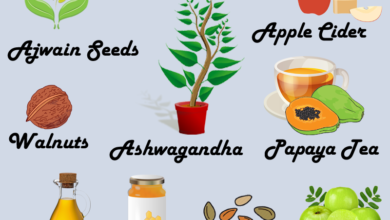
![Photo of Potato Beetle: [Characteristics, Detection, Effects and Treatment]](https://www.complete-gardening.com/wp-content/uploads/2022/08/potato-beetle-characteristics-detection-effects-and-treatment-390x220.png)
